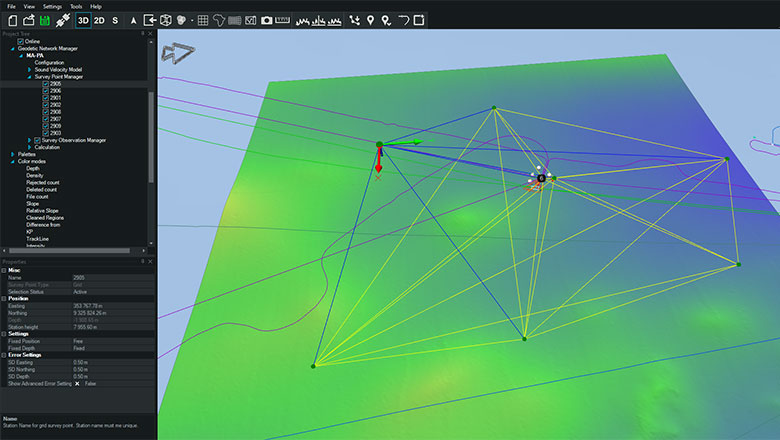

QoS drastically minimizes the occurrence of jitter. To the end user, these late and potentially out-of-sequence packets appear in the form of flickering monitors, blatant gaps in audio and video, and more. Different factors can cause jitter, from electromagnetic interference to cross-talk with other signals. Jitter Reduction: Jitter refers to the irregular speed of packets as a result of deviations in signal pulses.A system administrator’s goal is to reduce latency as much as possible, which is why QoS in networking is needed. The absence of prioritization can lead to major consequences, especially in large networks prone to congestion, meaning videos and audio will be choppy, rendering them utterly ineffective for users on both ends-a headache for any organization. If Real-time Transport Protocol (RTP) packets, such as those for video conferencing, are left without QoS classification, they’ll traverse the network unmarked and be treated as an ordinary piece of data. Latency Reduction: Network latency-any sort of delay in network system transactions-is an all-too-common occurrence for many IT technicians.QoS helps system administrators optimize their network performance and remain compliant by performing several key functions, including: Without QoS policies in place, the quality of the data delivered can be greatly compromised.īack to top Why Is QoS in Networking Important?

They are “required” since they’re integral to the functioning and performance of your latency-sensitive applications. QoS policies are required for any company relying on latency-sensitive applications-think media streaming, host video calls, and so on-within their daily operations.
#Toolbox must be started from within terramodel drivers#
In the same way, a traffic cop evaluates when to prioritize drivers versus runners, QoS policies allow network administrators to prioritize which applications should receive delivery preference over others. Think of QoS policies as the traffic cop directing drivers during a busy 5K road race. To better manage the mountainous amount of data packets traveling across a network, QoS policing has developed. A delayed VoIP packet, on the other hand, runs the risk of arriving fragmented, ultimately resulting in disjointed video calls and ineffective business meetings. If delayed, FTP packets will still arrive intact. While both are paramount to employee productivity, FTP packets are not nearly as latency-sensitive as Voice over Internet Protocol (VoIP) packets. Some of this traffic is critical to the success of business operations, and some, while important, isn’t as critical or doesn’t require time-sensitive delivery.įor example, many companies rely on File Transfer Protocol (FTP) as well as video-conferencing applications like Zoom or GoToMeeting.

Every day, a company’s network is bombarded by an onslaught of traffic. I like to think of QoS as a form of traffic control. To truly understand the role of quality of service in networking, we must look at the meaning of QoS in general. Getting Started With QoS in Networking What Is QoS and Why Is It Required? This robust platform gets to the heart of QoS monitoring and is easy to use, allowing system administrators at organizations large and small to hit the ground running the moment it’s installed. While there are many network monitoring options on the market, my favorite is SolarWinds ® NetFlow Traffic Analyzer. These QoS monitoring tools can empower system administrators to determine whether the QoS policies they have in place are effectively prioritizing traffic and providing a positive end-user experience. Folded into most network monitoring tools is the ability to manage and monitor network traffic by a class of service methods. This is where QoS, meaning quality of service, in networking comes into play. As a result, IT departments are bombarded with service requests regarding pesky delays, broken images, dropped calls, and fragmented video conferences, all of which bring productivity to a standstill. The sheer volume of applications and devices on the market, paired with the rise of social media, has led to a flood of network traffic, putting network performance in jeopardy.


 0 kommentar(er)
0 kommentar(er)
